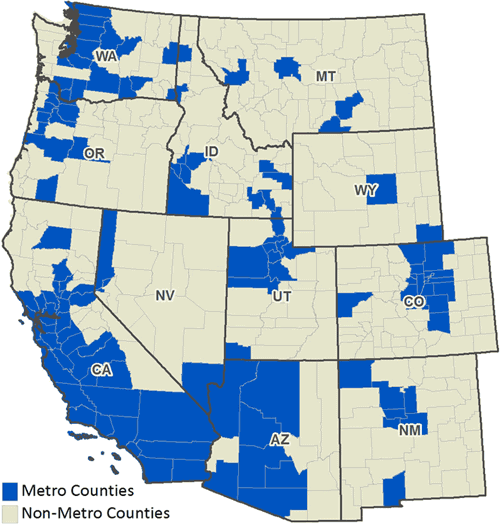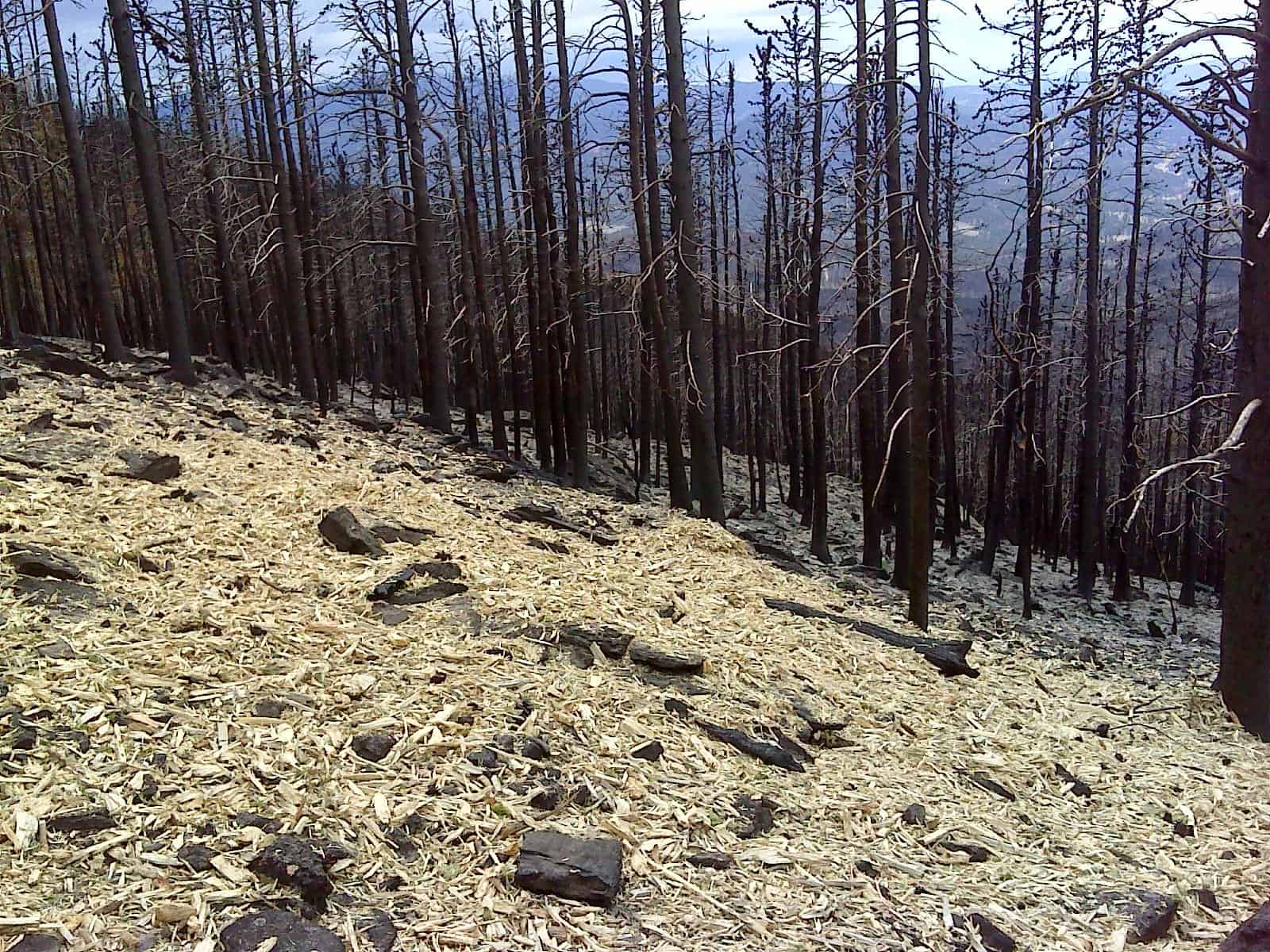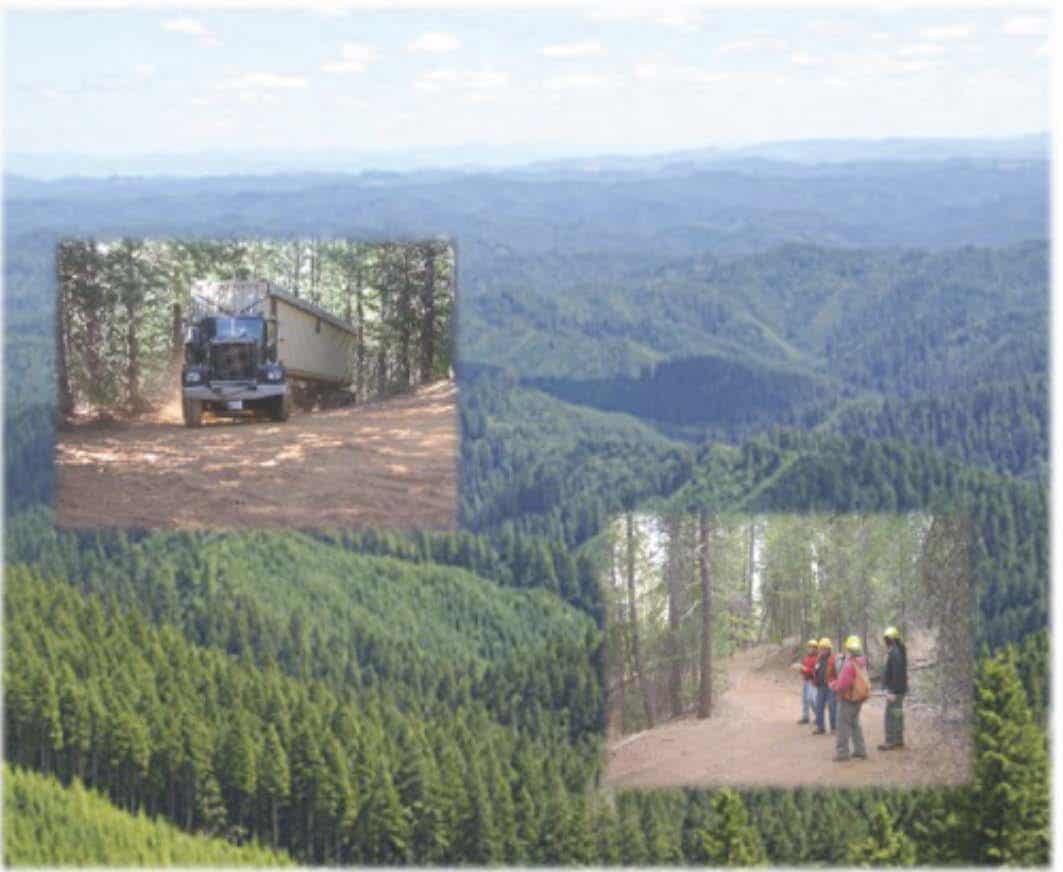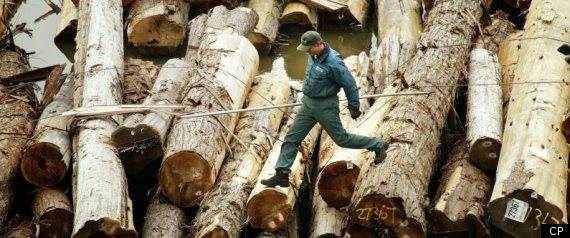______________________________________________________________________________________________________________________________________________________
The .1 % seems to answer one of Derek’s questions. in the People’s Database.but does it agree with the below? It would be nice to see a table that shows prescribed fire, fire use, non-commercial and commercial thinnings and mechanical treatments by acre (like how many acres were touched by different treatments in a given year). Of course, if it’s a service contract, wood might still go to mills, not sure how that is considered in the numbers either..
x acres commercial harvest fuels reduction thinning followed by prescribed burning
y acres commercial harvest fuels reduction thinning alone
z acres prescribed burning only forest in WUI
a acres prescribed burning only grasslands and shrublands
b acres prescribed burning only forest outside WUI
c acres fuels reduction could have gone to mill but we don’t know for sure
etc.
Also A little birdie told me that some of the figures in the report below are not accurate.
http://www.nature.org/ourinitiatives/habitats/forests/newsroom/us-forest-service-program-reports-welcome-christmas-news.xml
U.S. Forest Service Program Reports Welcome Christmas News
Third Year of Collaborative Forest Landscape Restoration Program Reveals Big Benefits for People, Water, and Wildlife
http://www.nature.org/ourinitiatives/habitats/forests/newsroom/us-forest-service-program-reports-welcome-christmas-news.xml
Arlington, Virginia | December 19, 2012
An annual report was released today on the performance of a U.S. Forest Service program, called Collaborative Forest Landscape Restoration (CFLR), revealing impressive returns for forests, jobs, water, and wildlife. The three-year old program invested $40 million in forest restoration at 23 forested landscapes across the country in 2012.
As identified in the report, the 23 landscapes cumulatively provided the following 2012 results:
• Created and maintained 4,574 full- and part-time jobs;
• Generated nearly $320 million in labor income;
• Reduced the risk of megafire on 612,000 acres;
• Enhanced clean water supplies by remediating 6,000 miles of eroding roads;
• Sold 95.1 million cubic feet of timber;
• Improved 537,000 acres of wildlife habitat;
• Restored nearly 400 miles of fish habitat.
In addition to these on-the-ground results, CFLR also highlighted the opportunity to leverage matching investments in forest restoration. All told, CFLR leveraged an additional $45.4 million dollars towards collaborative actions in 2012.
Beyond the beauty they offer, forests are critical to life and livelihood across the nation. Americans forests cover one-third of the United States; store and filter half the nation’s water supply; provide jobs to more than a million wood products workers; absorb nearly 20% of U.S. carbon emissions; offer 650 million acres of recreational lands that generate well over $13 billion a year in economic activity; and provide habitat for thousands of species across the country.
Observers say the program is bucking the larger downward funding trend because restoration of National Forests is the new ‘zone of agreement’ where traditional adversaries in the timber industry, conservation, and local county governments are working to advance common goals. .
The collaborative results of the report were heralded by companies, community groups, and conservation organizations around the nation.
“The Collaborative Forest Landscape Restoration program is bringing communities from around the country together to create jobs, to restore forest and watershed health, and to reduce the costs of wildfire suppression at impressive scales,” offered Laura McCarthy of The Nature Conservancy. “The program and its many supporters are charting a successful path forward for National Forest management.”
“This is an outstanding program because it simultaneously helps forests, water, and jobs,” said Kelsey Delaney of the Society of American Foresters.
“Collaborative Forest Landscape Restoration projects are cost efficient, mostly because of their long time frame and larger scale,” added Scott Brennan of The Wilderness Society. “Selected projects are assured funding as long as appropriations are available until 2019, which provided certainty for businesses their banks and other investors, time for workers to be trained and become skilled, and for product markets to be developed and expanded.”
“Collaborative Forest Landscape Restoration has shown that the critical importance of healthy and thriving forests can be a unifying force,” said Rebecca Turner of American Forests. “Our organization is proud to be collaborating with such a diverse collective of partners on a program that received bipartisan support from Congress to improve the health of our forests, as well as creating needed jobs.”
Dylan Kruse of Sustainable Northwest said, “Collaborative Forest Landscape Restoration is about boots on the ground, creating jobs in rural communities. Now is the time to invest in rural communities and restore the health of our National Forests. CFLR does exactly that.”
CFLR is particularly valuable now, on the heels of the nation recording its third-largest wildfire year. A century of suppressing natural wildfires has resulted in unhealthy forests choked with small trees and brush that can lead to destructive megafires. Over the last 50 years the United States has had only 6 years with more than 8 million acres burned— all have occurred in the last 8 years (including 2012).
The conditions of our forests are further enflamed by pest and diseases, as well as climate change. All told, The Nature Conservancy estimates 120 million acres of America’s forests – an area bigger than the state of California – are in immediate need of restoration due to this “perfect storm” of threats.
The 23 sites to receive investment in 2012 were:
• Ozark Highlands Ecosystem Restoration, Arkansas, $959,000
• Shortleaf-Bluestem Community Project, Arkansas and Oklahoma, $342,000
• Four Forest Restoration Initiative, Arizona, $2 million
• Amador-Calaveras Consensus Group Cornerstone Project, California, $730,000
• Burney-Hat Creek Basins Project, California, $605,000
• Dinkey Landscape Restoration Project, California, $829,900
• Front Range Landscape Restoration Initiative, Colorado, $1 million
• Uncompahgre Plateau, Colorado, $446,000
• Accelerating Longleaf Pine Restoration, Florida, $1.17 million
• Kootenai Valley Resource Initiative, Idaho, $324,000
• Selway-Middle Fork Clearwater, Idaho, $1 million
• Weiser-Little Salmon Headwaters Project, Idaho, $2.45 million
• Longleaf Pine Ecosystem Restoration and Hazardous Fuels Reduction, Mississippi, $2.71 million
• Pine-Oak Woodlands Restoration Project, Missouri, $617,000
• Southwestern Crown of the Continent, Montana, $1.03 million
• Southwest Jemez Mountains, New Mexico, $392,000
• Zuni Mountain Project, New Mexico, $400,000
• Grandfather Restoration Project, North Carolina, $605,000
• Deschutes Collaborative Forest, Oregon, $500,000
• Lakeview Stewardship Project, Oregon, $3.5 million
• Southern Blues Restoration Coalition, Oregon, $2.5 million
• Northeast Washington Forest Vision 2020, Washington, $968,000
• Tapash Sustainable Forest Collaborative, Washington, $1.63 million
The CFLR annual report was produced by the CFLR Coalition, which is comprised of 145 member organizations that include private businesses, communities, counties, tribes, water suppliers, associations, and non-governmental organizations.
Copies of the 2012 CFLRP Annual Report can be requested from Jon Schwedler of the CFLR Coalition at [email protected].
Information on CFLRP can be found at the U.S. Forest Service’s website: http://www.fs.fed.us/restoration/CFLR/





